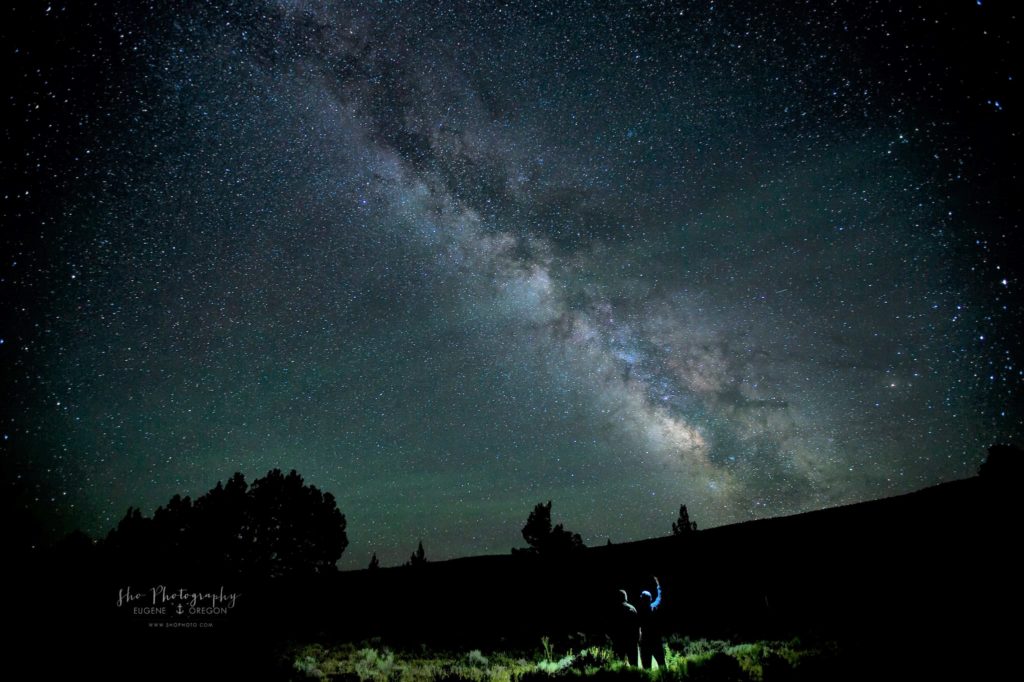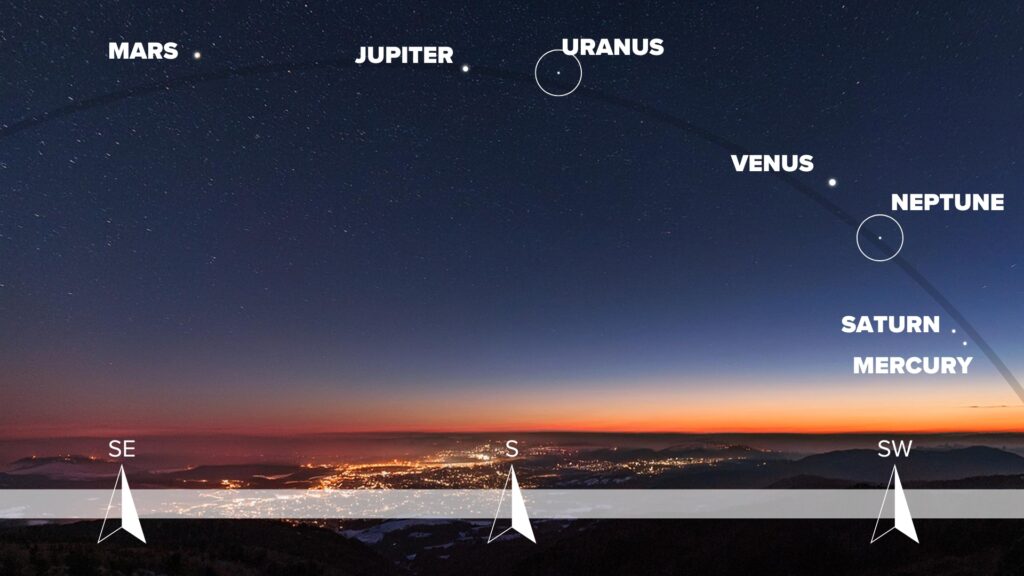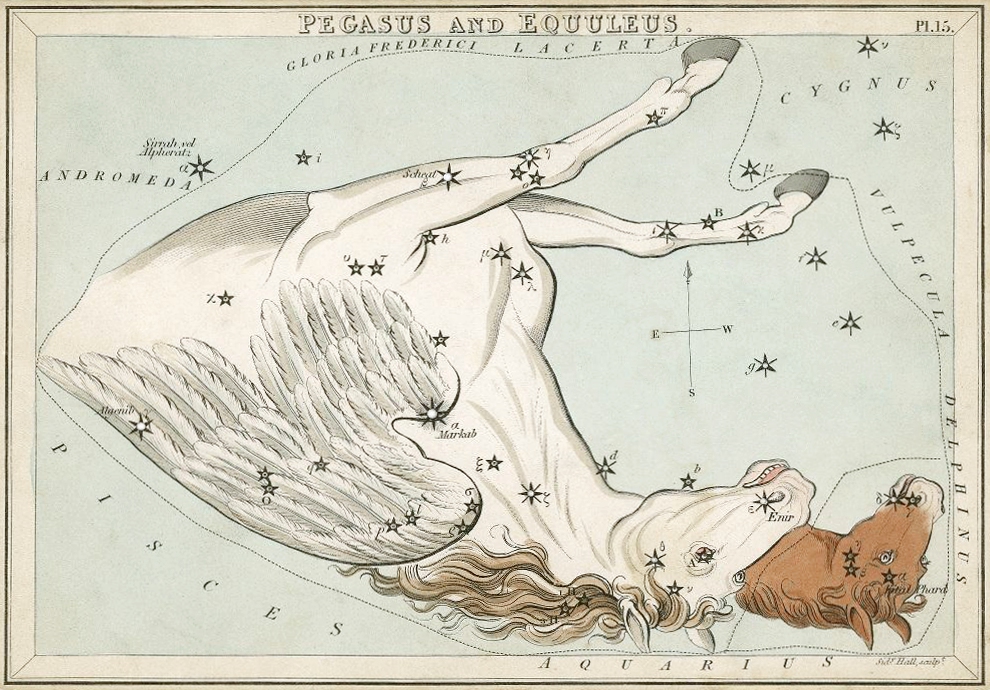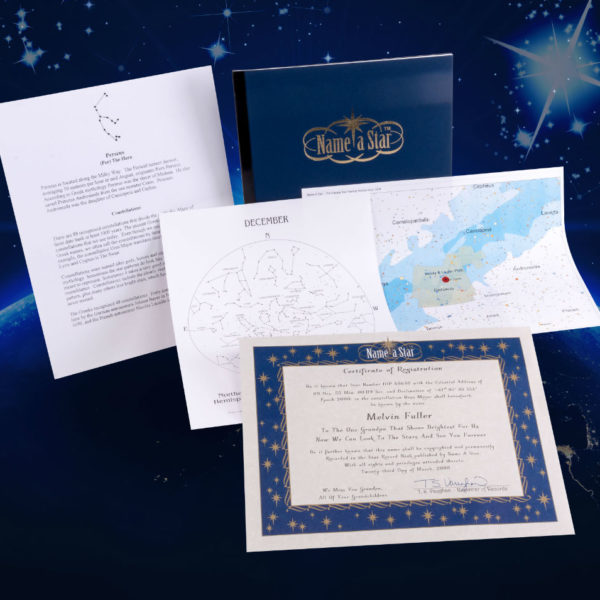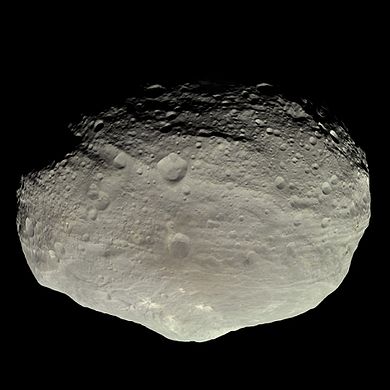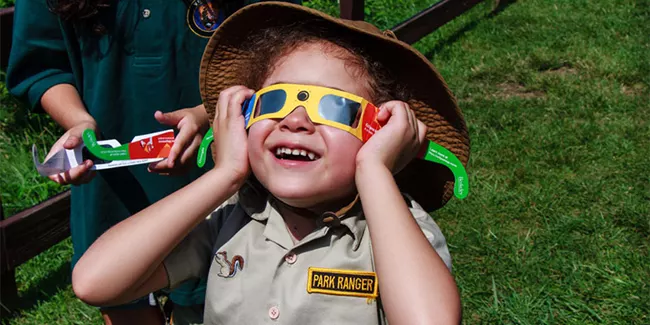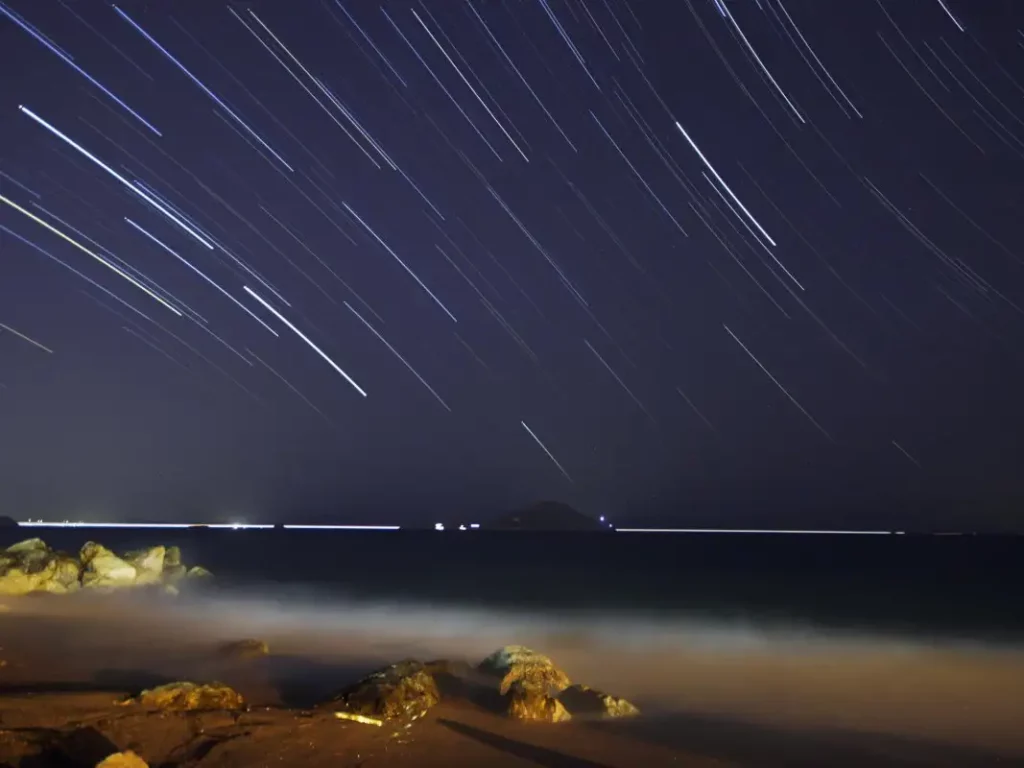What Is a Unique Gift For The Summer Birthday Person?
Summer birthdays land between June and August, moments rich with sunshine, adventure, and outdoor fun. Unlike cooler months, this season invites gifts that echo warm-weather vibes—whether it’s enjoying the sun, creating lasting memories, viewing the dark sky at your favorite vacation hide away. Favorite unique gifts include a picnic tote blanket for park days, balsamic vinegar sets for summer feasts, and your own personal star.
- Experience Over Items
Escape from the city lights and visit an International Dark Sky site to view the Milky Way in its summer glory. Sign up for a cooking class, hot-air balloon ride, or nature hike. For a more local twist, book a paint‑and‑sip session or outdoor mixology class to turn a summer evening into a shared memory.
- Summer Essentials with Style
Pair practical and chic:
- Picnic blankets or portable beach tables—ideal for lakeside lounging.
- Fun pool & backyard gear like a Supersized Bubble Blaster or oversized pool towel.
- Portable tech: a neck fan or Bluetooth speaker brings summer comfort and sound wherever they roam.
- DIY & Eco‑Friendly Gifts
Handmade gifts show care! Craft a jar of homemade jam with seasonal berries or assemble a garden basket with seeds, a planter, and tools. A custom can cooler with favorite photos is fun and practical in equal measure.
- Creative & Artsy Surprises
For the creatively inclined, consider an ice-dye or embroidery kit—or a travel watercolor set. These foster creativity and align with summer’s relaxed energy.
- Personalized Keepsakes
Add a heartfelt touch with personalized gifts: think engraved jewelry, monogrammed coolers, or name a star after them for the ultimate unique gift. A photo‑printed water bottle or custom puzzle filled with summer memories also captures moments perfectly.
Final Thoughts
A great summer birthday gift goes beyond wrapping—it celebrates sunshine, personality, and shared joy. Whether it’s a custom treasure, a weekend experience, or an accessory that doubles as an adventure, these ideas combine thoughtfulness with season‑specific fun. So next time you gift someone born under the summer sun, pick something that brightens their day—just like the season itself.
Happy gifting—and keep looking up!

